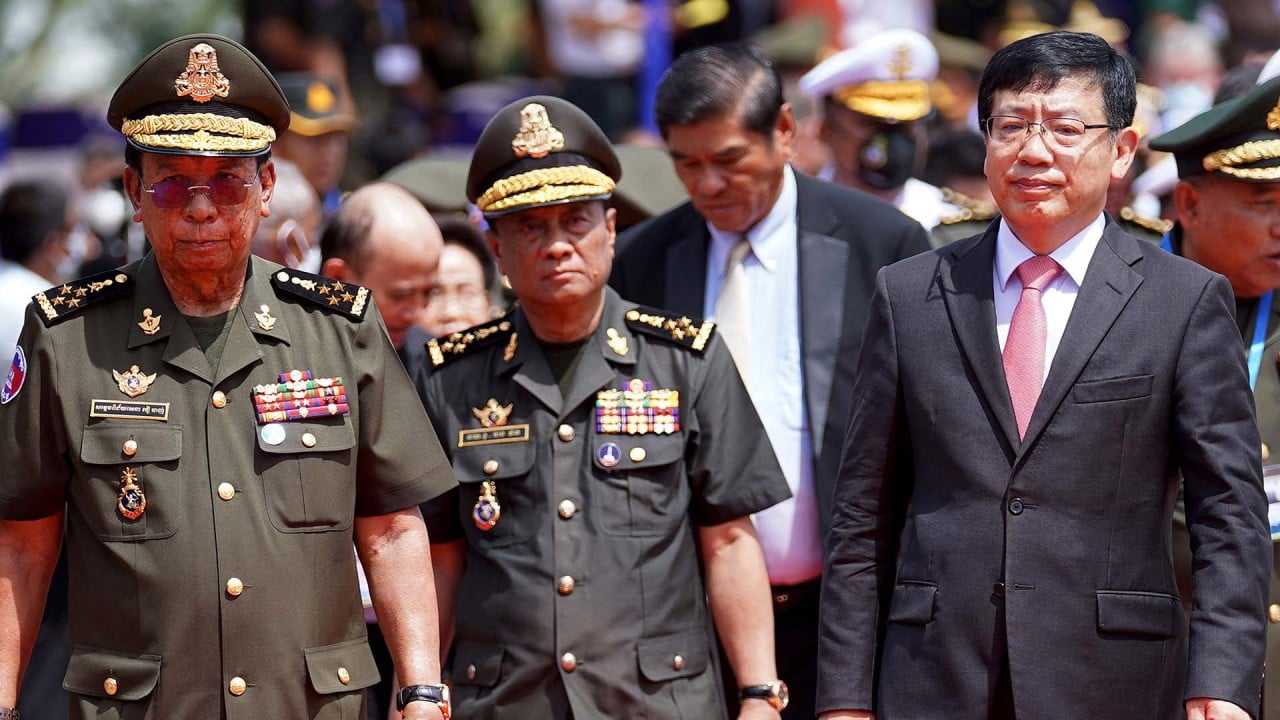
From soft power to FDI, China must work on its economic ties with Asean
- China is Asean’s top trading partner and more China-invested projects are gaining traction but its expanding economic influence is also attracting suspicion and distrust
- Beijing should boost its FDI in the region and ensure China-funded projects are much more observant of local values and laws
With a targeted speed of 350km/h, Southeast Asia’s first high-speed railway aims to cut the travel time between the two metropolises from around three hours to just 40 minutes. Described as a landmark cooperation project between China and Indonesia, the equipment, technologies and standards applied are largely from China.
According to an annual poll released earlier this year by the ISEAS-Yusof Ishak Institute headquartered in Singapore, 76.7 per cent of respondents across Southeast Asia regard China as the most significant economic force in the region, far outpacing the United States, European Union and Japan.
But this does not mean that Beijing has established its economic leadership in the region. There are still hidden dangers that could weaken China’s economic sphere of influence.
Import and export trade can consist of just one-time or short-term transactions but FDIs often necessitate long-term working relationships, generating continuous economic and social benefits for the recipient countries. It is harder for China to maintain robust reciprocal ties with Asean than for its rivals, the US and Japan, because of China’s insufficient FDI in the region.
Belt and road plan’s ‘long-term prospects’ at risk in Southeast Asia: study
The top factor of concern was “China’s growing economic dominance and political influence” in their countries, with over half of respondents concerned that “China’s economic and military power could be used to threaten my country’s interests and sovereignty”.
Aristotle’s art of rhetoric: how to tell China’s story better
There is a risk in the lack of strong public support for China’s investments in individual Asean economies. It could start to sway Asean’s policies as a whole towards China, obstructing further transactions or projects, and ultimately weakening China’s economic clout in the region.
Given the local complaints about China-funded projects, a more thorough and reasonable implementation plan for every project should be created to better understand and observe local customs, values, laws and regulations, particularly those pertaining to business operations, labour protection and environmental standards. This is the only way to eliminate the prejudice that some harbour against Chinese entities.
Hopefully, a more positive perception of China’s economic might would emerge.
Chengxin Zhang is a doctoral candidate at the School of Politics and International Relations of Lanzhou University, China, and a researcher at the Youth Think-Tank of The Glory Diplomacy of China



